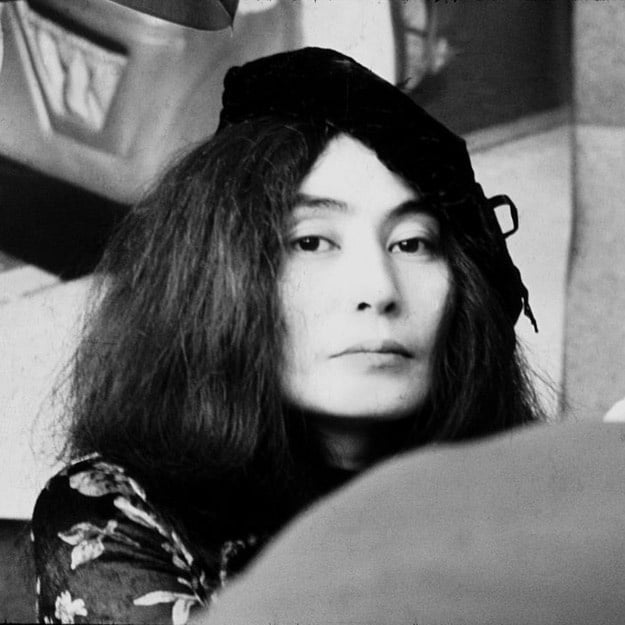Was born into the family of an artist and a banker in Tokyo. From the age of four, Yoko studied music and attended the elite Gakushuin school. Despite their wealth, her parents paid little attention to the girl, and she always felt estranged in relations with her father and mother.

